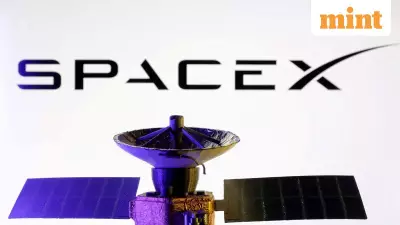
In a dramatic turn of events that could reshape America's return to the Moon, NASA is reportedly reconsidering SpaceX's involvement in the landmark Artemis 3 mission. The space agency's potential pivot comes amid growing concerns about development timelines and technical challenges facing Elon Musk's ambitious Starship rocket.
The Artemis Conundrum: Why NASA Might Look Beyond SpaceX
Sources close to the situation indicate that NASA officials are actively exploring alternative options for the Artemis 3 lunar landing, originally slated to utilize SpaceX's Starship vehicle. The decision stems from multiple factors that have raised red flags within the space agency:
- Ongoing delays in Starship's development and testing schedule
- Technical complexities of the lunar landing system
- Safety considerations for astronaut missions
- Budgetary constraints and timeline pressures
SpaceX Fights Back: Unmatched Progress Despite Challenges
SpaceX has mounted a vigorous defense of its position, arguing that the Starship program represents humanity's best chance for sustainable lunar exploration. Company representatives point to what they describe as "unprecedented progress" in rocket development, emphasizing several key achievements:
- Successful orbital flight tests demonstrating critical systems
- Rapid iteration and improvement between prototypes
- Substantial private investment in the Starship program
- Proven track record of overcoming technical hurdles
The Stakes for America's Lunar Ambitions
The Artemis program represents NASA's ambitious plan to return humans to the Moon for the first time since 1972. Artemis 3 is particularly significant as it aims to land the first woman and first person of color on the lunar surface. Any disruption to the current plan could have far-reaching consequences:
"This isn't just about one mission—it's about America's leadership in space exploration for decades to come," noted a space policy expert familiar with the discussions.
What Comes Next for Lunar Exploration
As NASA weighs its options, the space industry watches closely. The decision could potentially open opportunities for other aerospace companies while forcing SpaceX to demonstrate faster progress. Meanwhile, the clock continues ticking toward the program's target launch window, creating immense pressure on all parties involved.
The unfolding situation highlights the delicate balance between ambitious technological innovation and the practical realities of spaceflight. How NASA navigates these challenges will likely define the future of lunar exploration and set precedents for public-private partnerships in space for years to come.





